The Covid Diaries 14: Guildhall Art Gallery incl. The Enchanted Interior (last chance to see)
A visit to the Guildhall Art Gallery including a review of the exhibition The Enchanted Interior. In which I learn that all those orientalising Victorian and Pre-Raphaelite paintings may sometimes have more to them than meets the eye!
Welcome to the Guildhall Art Gallery and The Enchanted Interior
The Guildhall Art Gallery unfortunately only opened their temporary exhibition The Enchanted Interior a few days before lockdown. I was happy then that they extended the closing date and I was able to see it! Originally designed by the Laing Art Gallery in Newcastle and on view there from October 2019 to February 2020; the Guildhall’s website says that they have ‘adapted’ it. I’m not quite sure what that means but someone who has seen it in both locations would maybe know.
‘The Gilded Cage’ in Paintings and Other Media
In any event, it’s a nice small exhibition. It takes as its subject the ‘gilded cage’: the motif of female subjects in paintings and other media who are depicted in ornate and beautiful interiors which may at the same time be orientalising, claustrophobic or otherwise sinister. The ‘other media’ here include sculptures and decorative objects. As a counterpoint to the Victorian/Pre-Raphaelite core of the exhibition there are a handful of contemporary works as well. These take the form of paintings, video, photography and sculpture.
The exhibition is thematic; the accompanying text panels shed an interesting light on what can seem like fairly light and decorative subject matter. Topics include the increasing middle class patronage of the arts; the accompanying desire to see their own aspirational lifestyle reflected in the the works they purchased; the appropriation of elements from other cultures in line with colonial expansion (with a heavy orientalist leaning); the reactions of historic and contemporary female artists to the legal and social position of 19th Century women; and even the real dangers of the home. This includes women taking a ‘rest cure’ when arsenic from the wallpaper was causing hallucinations, for example.
It’s obviously a very academic approach to the subject matter (read this article, for example). The exhibition does a good job of succinctly presenting new perspectives on a period best known for aesthetic artistic values.
Historic and Contemporary Views
The selection of works included in the exhibition is also interesting. Among other things it tells us a lot about public art collections in the UK. It’s predominantly paintings, and predominantly 19th Century, although there are some interesting sculptures. Lamia, an ivory, bronze, opal and glass sculpture comes to mind – an exquisite work if a little sad that such a big piece of ivory is involved. There some photographs by Max Ernst with images borrowed from Victoriana, and several decorative objects as well. A piano hand-painted by Edward Burne-Jones makes you wonder what he thought of marriage. A bird cage owned by Sir Lawrence Alma-Tadema and painted by his daughter manages to bring to life the ‘gilded cage’ motif with an orientalist twist.
And then of course there are the contemporary works. A 2013 digital video work by Fiona Tan, Nele/Nellie, is the only nod in the exhibition to the other great age of interior scenes in art; the Dutch tradition. It subverts this, however, by taking as its subject the illegitimate daughter of Rembrandt and his housekeeper. Frustrated and alone, she seems to be confined to a few palatial rooms in the family home. Other recent works surface more obviously the power dynamics and oppression running as an undercurrent through the historic offering. Overall the contemporary works work well to ‘freshen up’ the selection which could otherwise induce the type of decadent and languid feeling which seems to suffuse the Victorian and Pre-Raphaelite works. In the age of #metoo, they also help to bring home (pardon the pun) the continuing relevance.
The UK’S Public Art Collections: Victorian Philanthropy
But as I said, the works selected for this exhibition also tell us something about the history of art collection and public art in the United Kingdom. While some works come from the likes of the Tate and V&A, many come from smaller, regional museums. The Laing Art Gallery in Newcastle, of course; Towneley Hall Art Gallery & Museum; the Russell-Cotes Art Gallery & Museum in Bournemouth; the Leeds Art Gallery, and the list goes on. As a sweeping generalisation (already Towneley Hall doesn’t quite fit this characterisation) when travelling around the UK you notice that a lot of city and local art galleries are firmly grounded in a particular 19th and early 20th Century tradition. Wealthy industrialists and philanthropists built up collections and endowed institutions with funds; ensuring public access to art for ‘the greater good’, public education and so on.
Because of the period when this activity was taking place, Victorian/Pre-Raphaelite art is ever-present. This has probably kept this style in the public consciousness, as multiple generations of gallery-goers have grown up with it. As a consequence this means that, if you’re looking to curate a selection of top-notch 19th Century paintings of interior scenes, the best public holdings are dispersed UK’s public holdings are actually quite dispersed rather than being drawn from London’s national museums. These regional philanthropically-grounded collections are a different public art sphere and dynamic than those collections which were originally for private enjoyment (see some of my recent reviews here and here). This all goes to show what you can find out if, like me, you always read the exhibition labels closely!
Navigating the Guildhall Art Gallery During Covid
Just a quick word then on the Guildhall Art Gallery’s Covid measures. And of course the rest of the gallery in the form of the permanent collection.
Again the coronavirus safety measures were very efficient. Tickets for the permanent collection are still free but timed. There is a clear one way system with some areas inaccessible due to the difficulty of maintaining social distancing; unfortunately this includes the Roman amphitheatre in the basement which is normally good fun. After the rich and insightful temporary exhibition I had just about had my fill of 19th Century art, so although we had booked separate permanent collection tickets for after our exhibition visit, we didn’t stay particularly long.
This isn’t to say that the Guildhall Art Gallery doesn’t make for a nice weekend outing. There are some lovely works in interesting thematic sections, and a few big names like Rossetti and Alma-Tadema to keep art fans entertained. It’s not a big gallery though. It either befits a slow visit where all of the paintings are carefully considered and taken in, or a quick fly-by when out and about in the City of London.
On its own merits: 3/5
The Enchanted Interior: 4/5
Implementing Covid rules: 4.5/5
The Enchanted Interior until 30 August 2020
If you see this after your page is loaded completely, leafletJS files are missing.

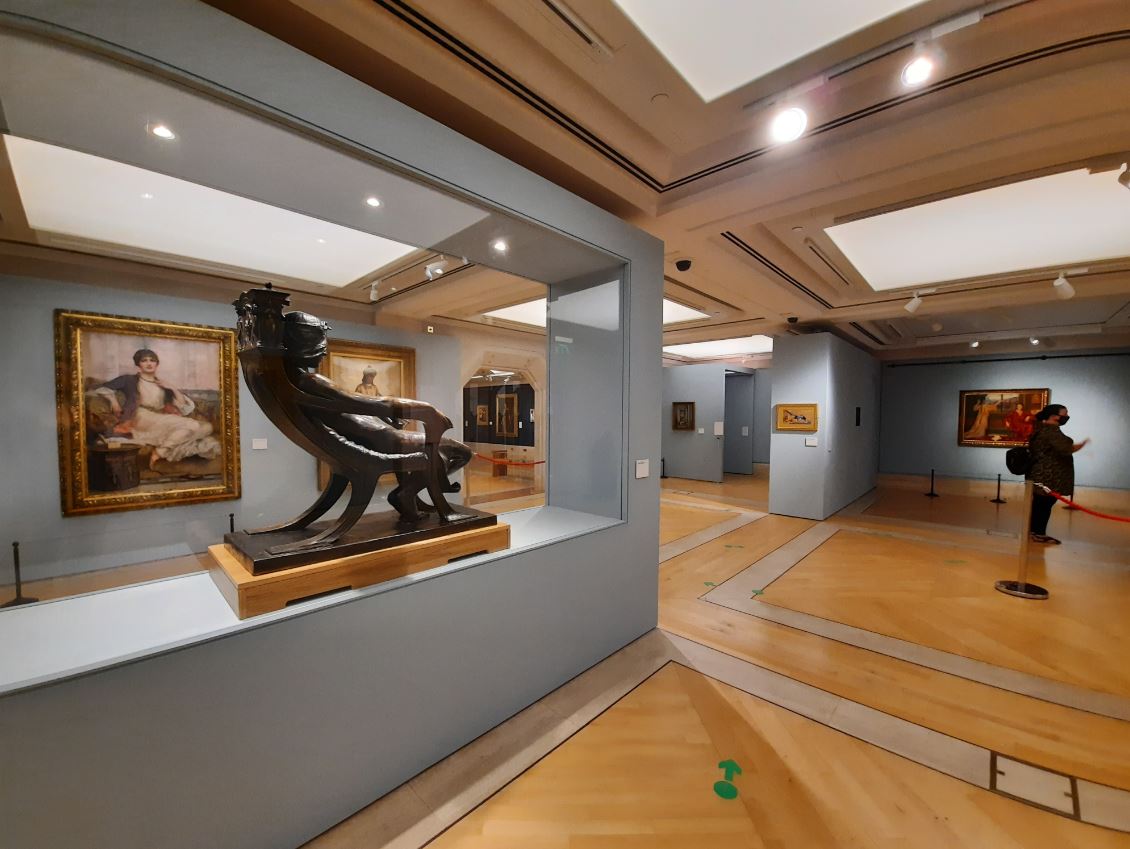
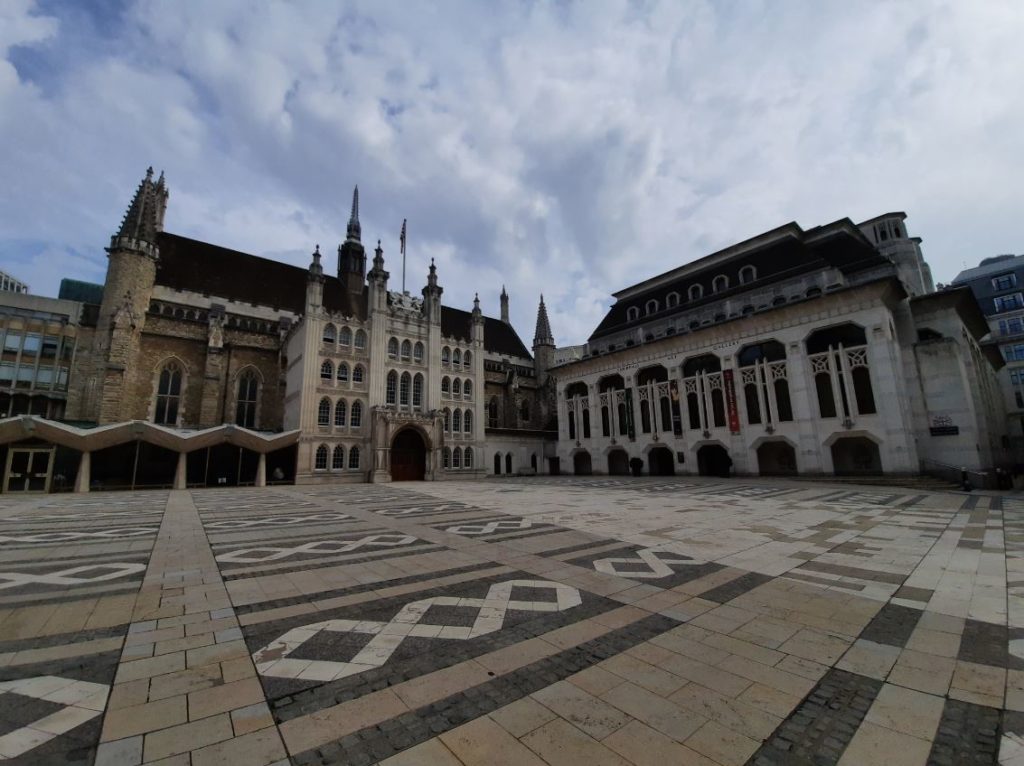
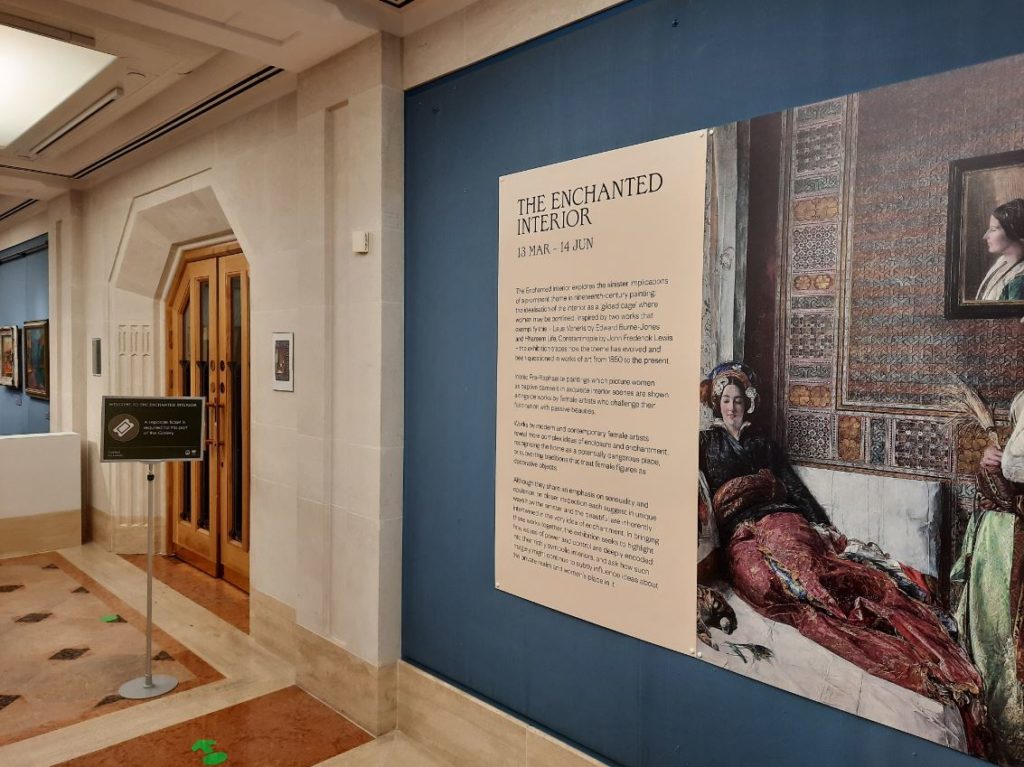

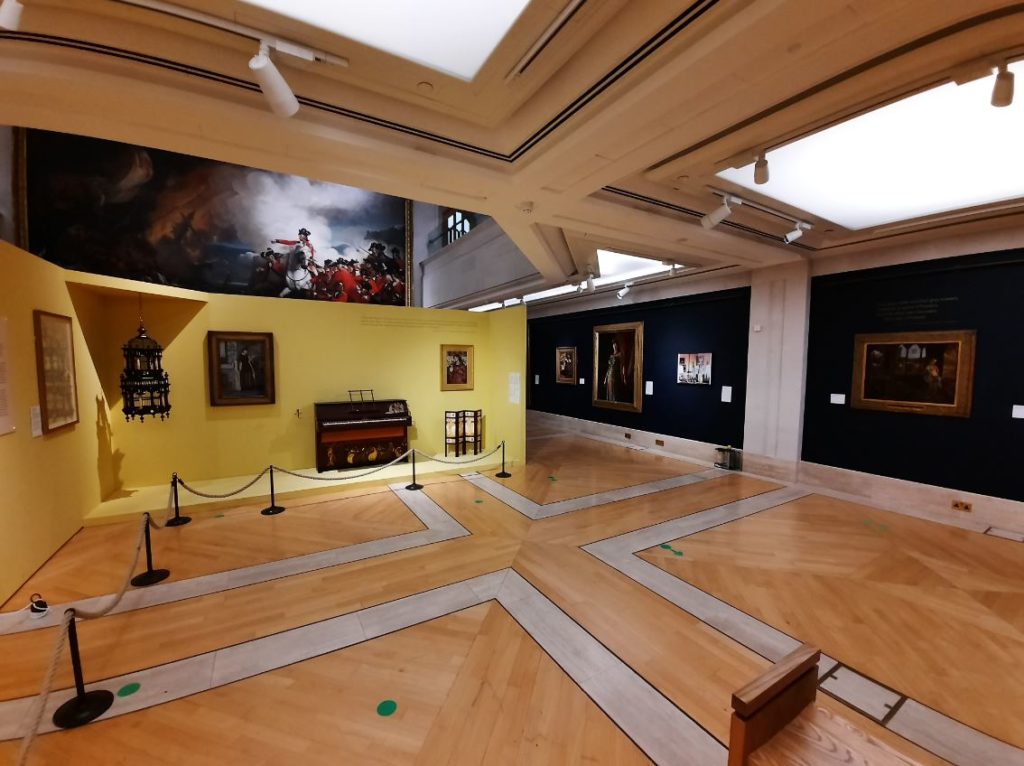

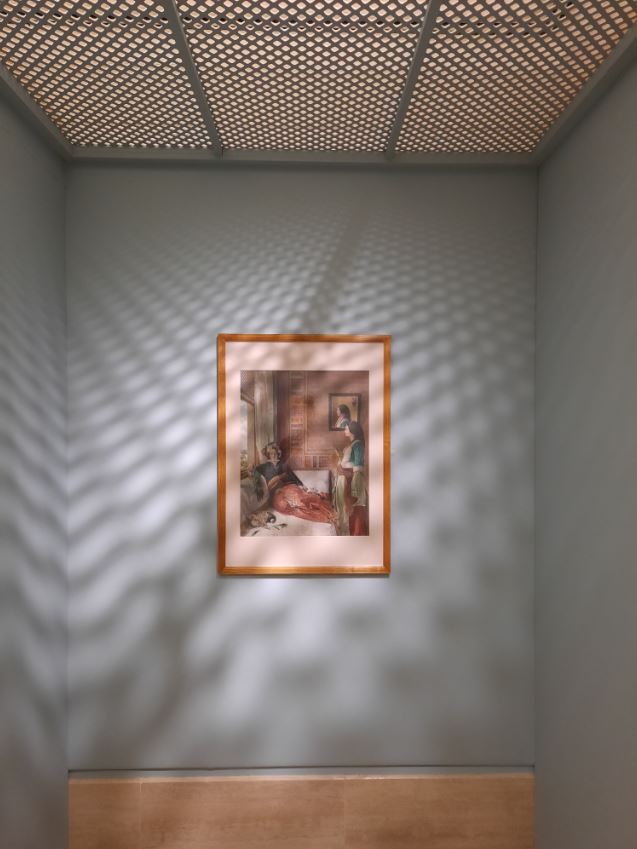

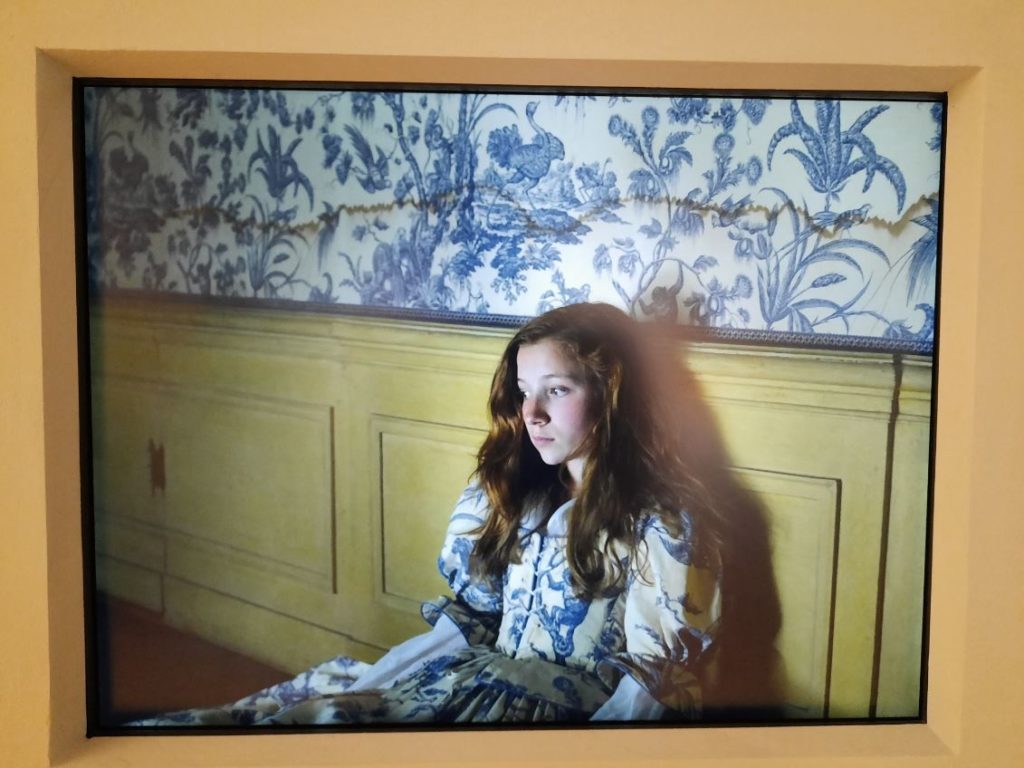
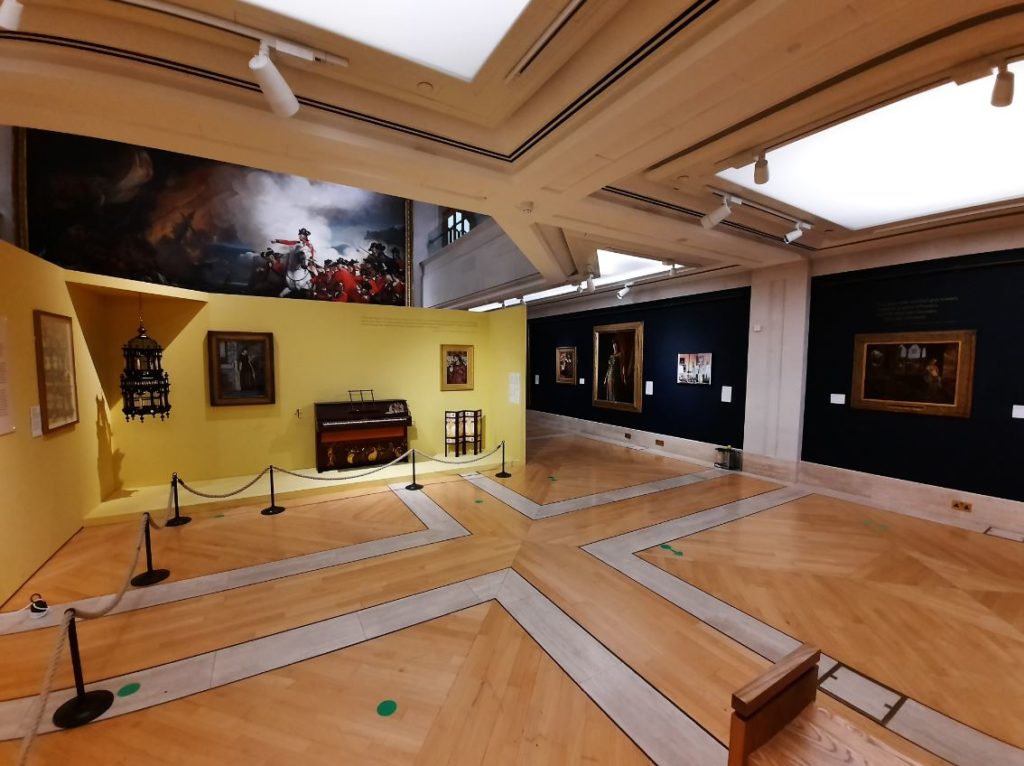
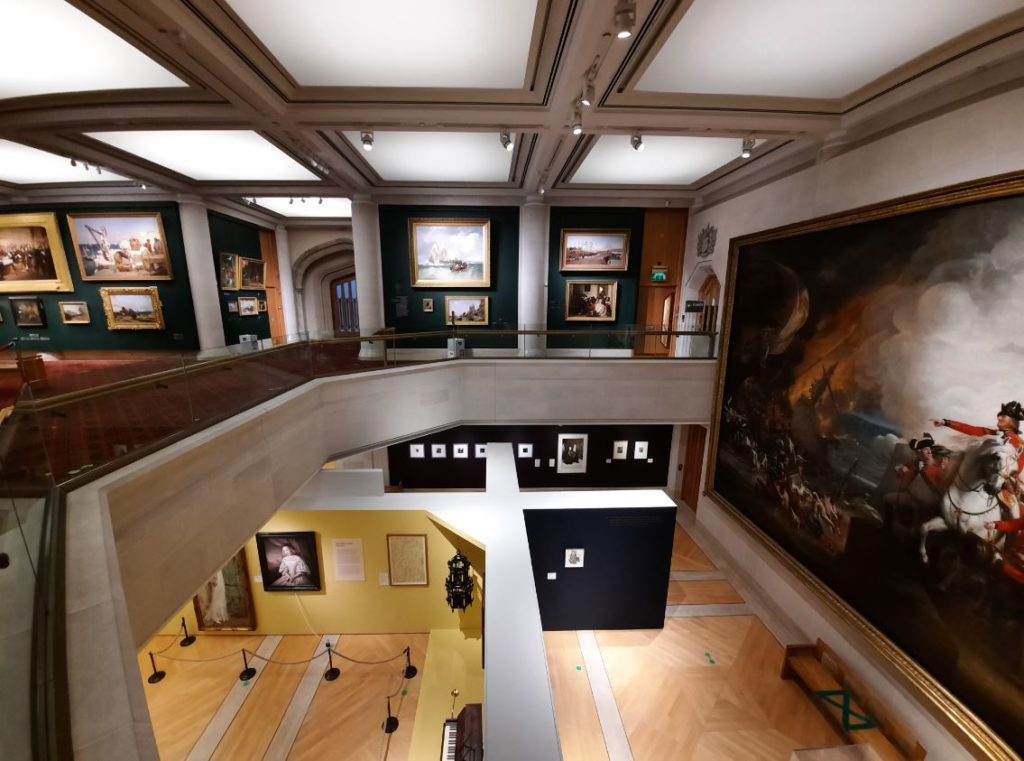

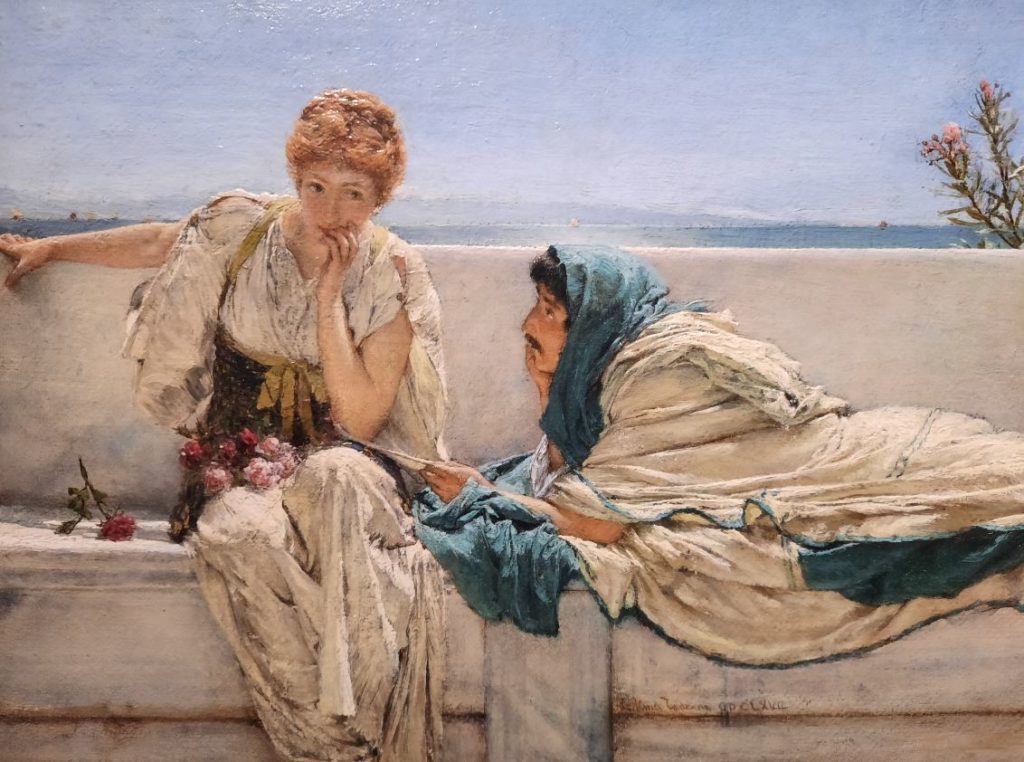
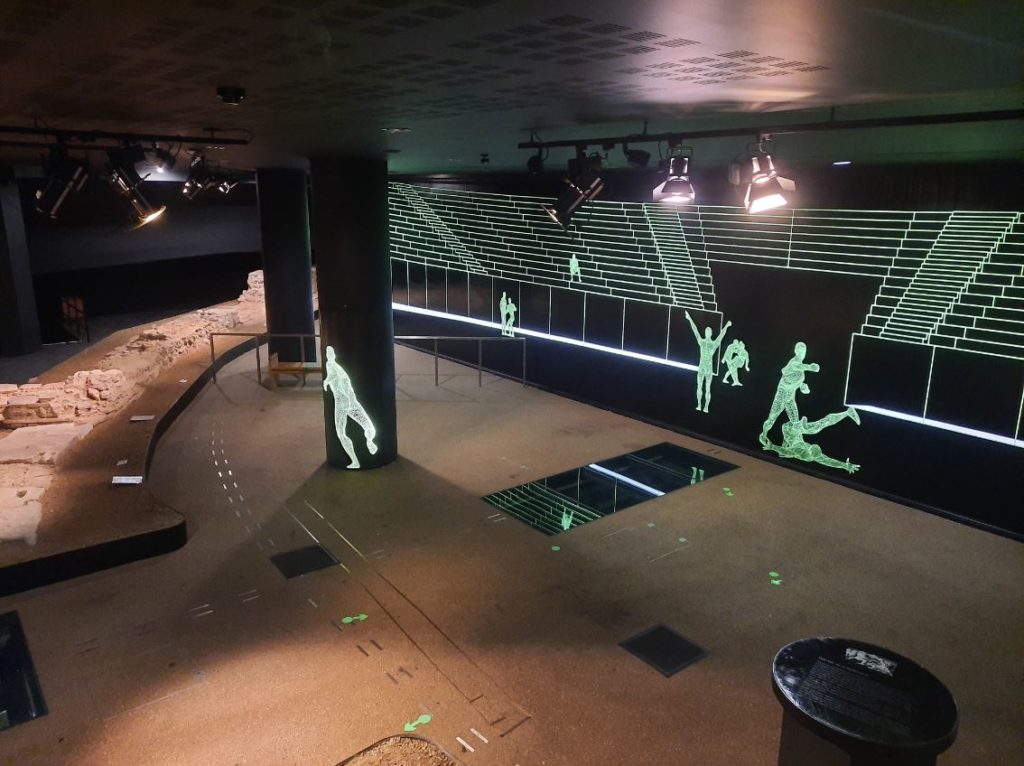
4 thoughts on “The Covid Diaries 14: Guildhall Art Gallery incl. The Enchanted Interior (last chance to see)”